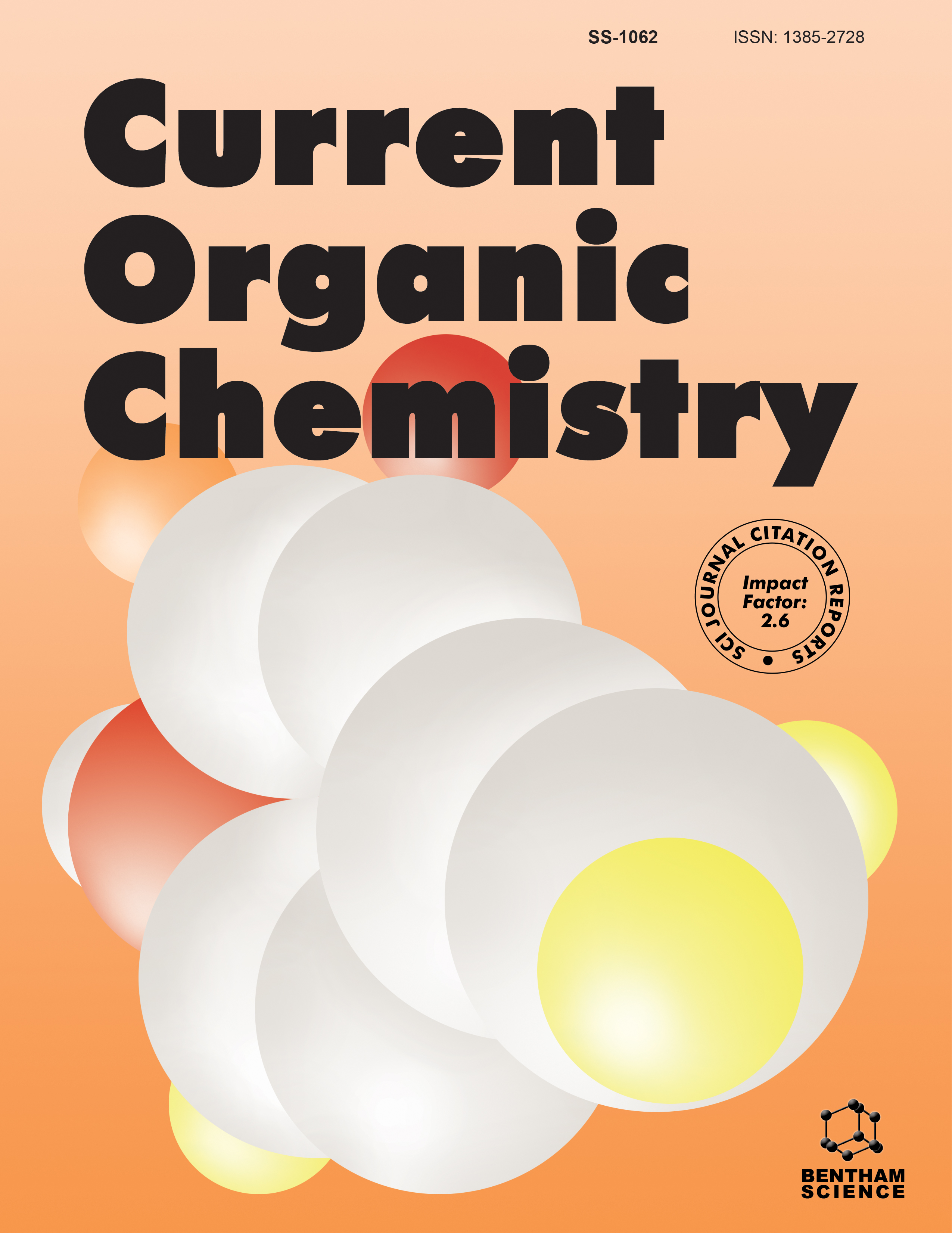-
oa Advanced Microfluorescence Methods in Monitoring Intracellular Uptake of “Antisense” Oligonucleotides
- Source: Current Organic Chemistry, Volume 11, Issue 6, Apr 2007, p. 515 - 527
-
- 01 Apr 2007
Abstract
Antisense strategy represents a promising molecular tool for efficient and selective chemotherapeutic action. It belongs among oligonucleotide strategies that employ specific single-stranded sequences of deoxyribo- and ribonucleotides or their synthetic analogs to block or suppress expression of a pathogen in its early stage. This approach is also promising for studies of the biological function of the gene. However, the routine use of modified oligonucleotides in practice is complicated by non-ideal properties of currently available oligonucleotide analogs. A successful medical treatment requires not only proper binding of the modified oligonucleotide to its cellular target but also its efficient cellular uptake, stability and appropriate distribution in the intracellular environment. The latter processes can be effectively studied by various microfluorescence techniques. The paper reviews the current situation in the application of advanced microfluorescence methods in this field and gives a brief description of the oligonucleotide strategy and possibilities to support the cellular uptake, theoretical and technical basics of current fluorescence microimaging and fluorescence microspectroscopy including time-resolved measurements. Second part of the paper describes experiment preparation, surveys the most interesting studies published so far and outlines the perspectives.


